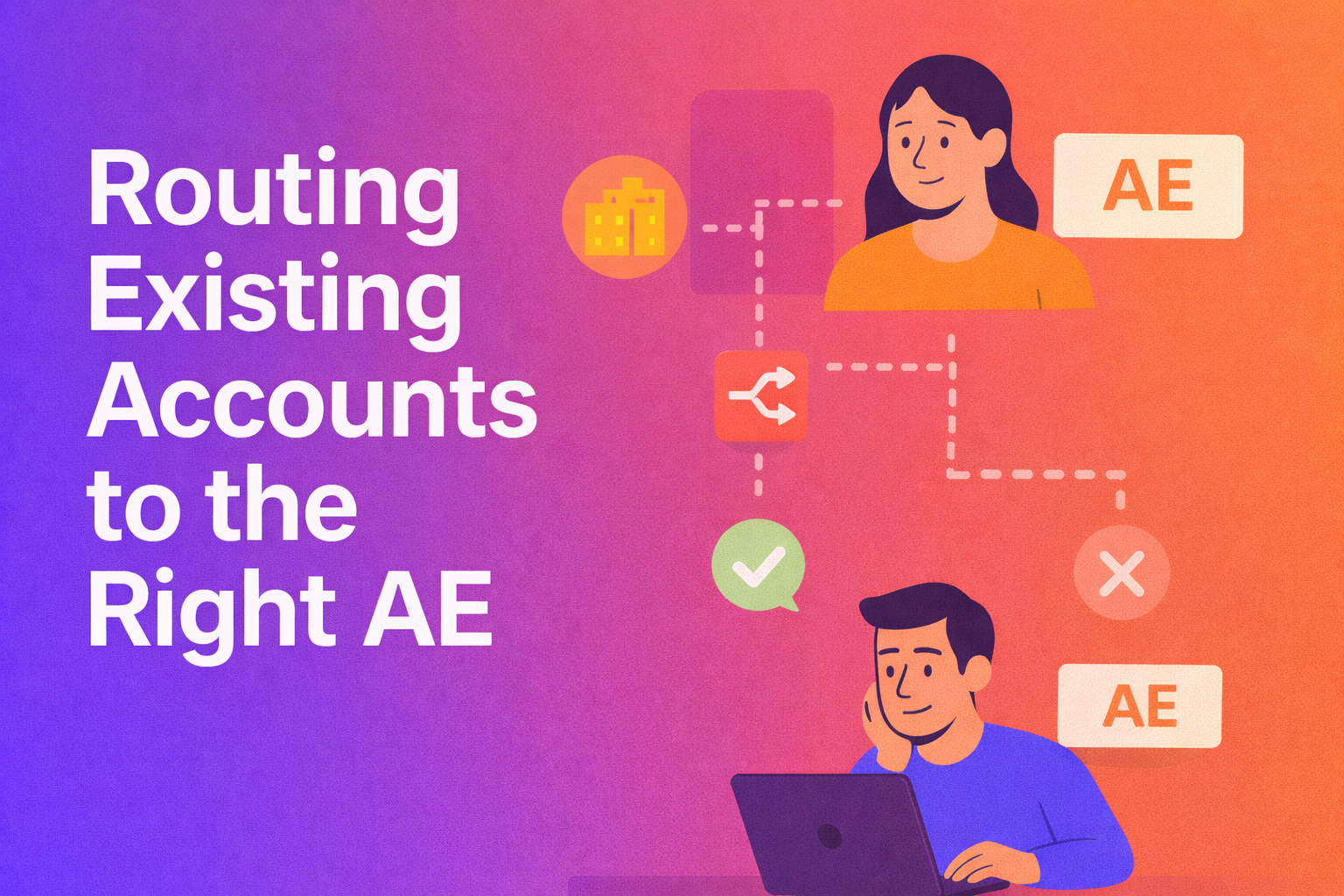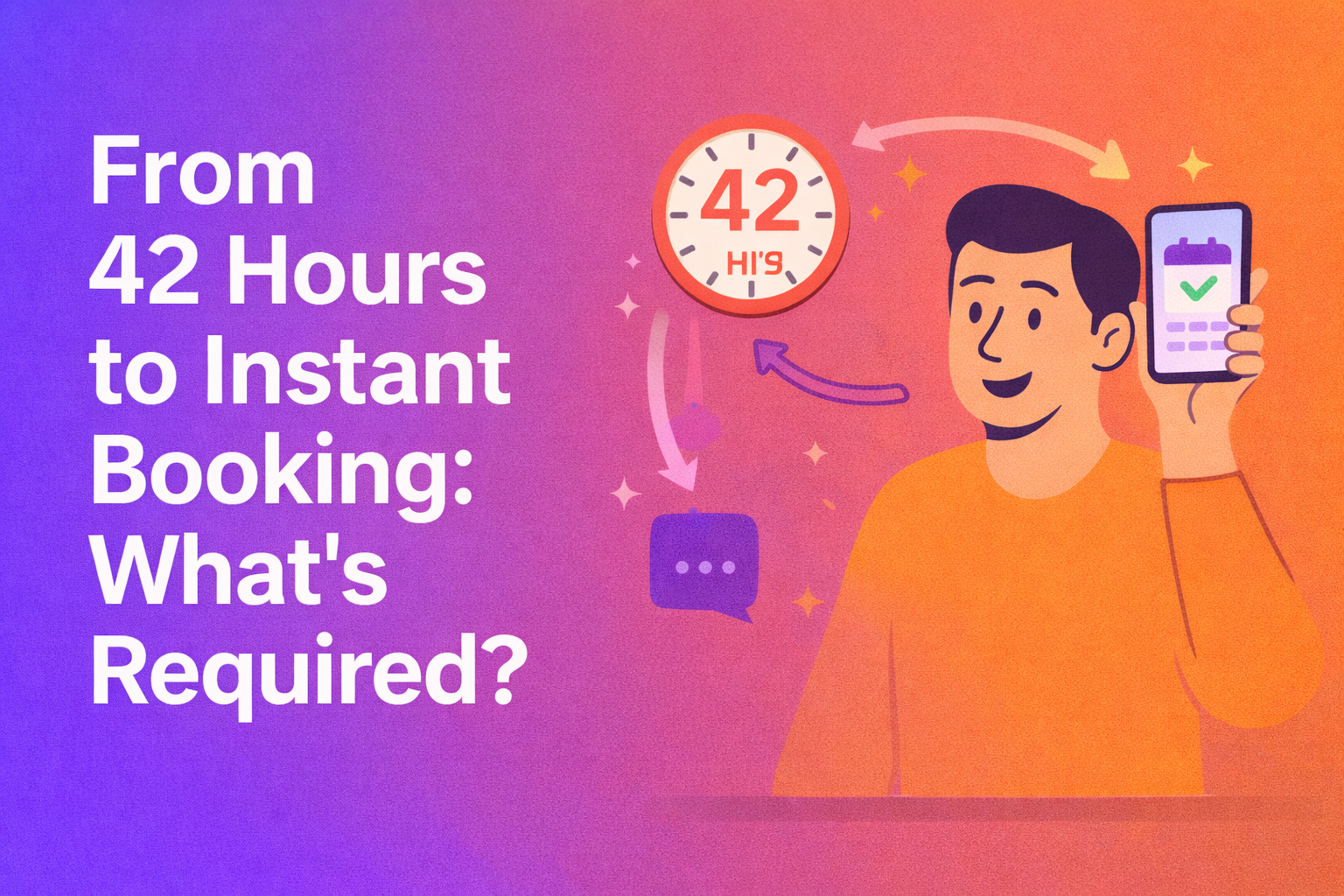Welcome to the second edition of #SaaSGrowthStories, where we decode the playbooks of highly successful global SaaS businesses which are a great source to learn from and get inspired by. This time around we take a look at the sweeping success story of one such business giant — Docebo, a learning management platform for enterprises.
In a pretty crowded LMS space, Docebo emerged as a leader. With a lean burn rate of only $14 million to reach an Annual Recurring Revenue (ARR) of $145 million and a Market Capitalization of $1.1 Billion, Docebo is a force to be reckoned with.

As Jason Lemkins founder of SaaStr said, “Docebo is a quiet SaaS success story you probably don’t know much about but can learn a lot from.”
So join us as we dive deep into the Docebo story!
The Inception
Docebo's story begins in the early 2000s when the company's founder, Claudio Erba, developed a digital platform to store and organize training materials for his students while working as a professor at the University of Florence. It wasn't long before other companies started reaching out to Erba, eager to tap into the potential of his innovative platform for their own training needs.
This overwhelming interest in the product inspired Erba to turn his passion project into a thriving business, capitalizing on the untapped demand for a solution that could streamline and enhance the training experience. According to Erba, he became an entrepreneur by accident.
Fast forward to today, and Docebo has evolved into one of the world's leading providers of e-learning platforms for over 3,200 customers across the world including Amazon, Pearson, Thomson Reuters, BMW, and HP, amongst others.
The company went public in early 2021 and is on track to achieve profitability by 2024, marking a remarkable journey from its humble beginnings.
Here’s Docebo in a flash for you. 👇

What Fueled Docebo's Growth?
From a raw idea to creating a real impact, Docebo has had quite a journey in its effort to help people and inspire a better future through a technology-driven world. But let’s take a step back to understand what got them to where they are today and answer the pressing question - What makes Docebo stand out and cement its status as a leader in a crowded market?
Let’s find out.
1. Offered a better solution - a complete learning platform
While the conventional LMS providers were occupied with constructing "ERP-like" applications and prioritizing administrative tasks, compliance regulations, and complicated business processes in learning, Docebo took a different approach. They placed the needs of learning teams at the forefront and developed a superior product that encompassed the entire spectrum of the enterprise learning experience.

Docebo's AI-powered future-ready platform empowers users to effortlessly control every aspect of their e-learning journey, from content creation to progress tracking and reporting, all within a single, user-friendly platform.
This eliminates the need for multiple platforms and manual tracking, making the learning process more streamlined and efficient. Additionally, Docebo's platform allows users to create and monetize their own learning materials and certifications, making it an all-in-one solution for e-learning.
2. Catered to diverse learning needs and challenges
Docebo's goal after creating a one-stop enterprise training platform was to ensure inclusiveness, which most of their competitors missed out on.
They achieved this by designing a versatile and adaptable product that can be customized to meet the specific learning needs of any industry. The platform now serves a broad range of customers from diverse industries— from food delivery and health & fitness to financial services, manufacturing, SaaS, and many more— providing ample room for growth and scalability.
Organizations can utilize Docebo for various purposes, including customer training, partner training, sales enablement, employee onboarding, employee development, compliance training, and more. Whatever the use case may be, Docebo has got you covered.

Fun fact: One of Docebo’s customers created 3,037 courses across 26 countries in 11 languages in just four months and saw a 46% increase in active users!
3. Made corporate learning fun, easy, and effective with social learning:
When setting up the L&D strategy, most organisations follow the 70-20-10 model. As you can see below, this model states that the majority of learning occurs through informal methods, such as social interaction and coaching, while formal methods make up only about 10%.

Unlike their competitors, Docebo's team quickly identified the shift in corporate learning from brick-and-mortar, instructor-led methods to social learning driven by technology.
To support this transition, they created solutions that focus on social learning, allowing for the easy creation, upload, and sharing of courses among peers. And to make learning even more engaging and enjoyable, they added incentives and peer ranking through gamification.
4. Focused on innovation at every step of the way
Docebo has always been at the forefront of innovation in the e-learning space. One of the ways they have achieved this is by being early adopters of new technologies like AI and video-based learning.
Back in 2012, Docebo made the bold move to operate as a cloud-based product. This was a significant step forward as it made it possible for users to access their training materials from anywhere, at any time. This was a game-changer for companies that needed to train employees across multiple geographies.
But Docebo didn't stop there. In 2018, they began incorporating machine learning and AI into their platform. This was a time when AI and machine learning were not yet as popular as they are today. But Docebo recognized the potential of these technologies to enhance the e-learning experience for their users.
By using machine learning and AI, Docebo has been able to create more personalized learning experiences for its users. Their platform can analyze learner data and adjust the content and pace of the training to match the individual's needs.

Docebo's commitment to innovation is evident in its approach to product development. In one of their blog posts, the team talks about how Erba, one fine day, announced that their product team would be split into two, “Core Innovation” and “Crazy Innovation”, to ensure there is no dearth of new ideas and innovation.
While the Core Innovation team was responsible for working on the fundamental solutions for the Docebo platform, the Crazy Innovation team was tasked with creating out-of-the-box solutions that would disrupt the e-learning world.
For months, the major part of the organization had no clue what the Crazy Innovation team was working on. After almost 6 months, the idea of an AI-based learning content creation tool, Shape, was presented to the team.
Multiple content creators turned advocates were instrumental in training and developing the AI for the platform. Today, Docebo’s AI-powered tool helps users create eye-catching videos, translate text into multiple languages, produce high-recall learning content, and so much more. How cool is that?
Here’s what a user had to say about Docebo on G2. 👇

5. Built a strong enterprise sales motion to drive consistent ACV growth
Powered by a strong enterprise sales motion, the team at Docebo had been working hard to increase their share of wallet by targeting top logos and building strong relationships with them.
Their enterprise sales approach resulted in significant growth in deal size, leading to improved gross margins for the company— as evidenced by the 4X increase in the company's annual contract value (ACV) since 2016.

6. Leveraged subscription model and multi-year contracts to drive recurring revenues
Docebo's recurring revenue primarily comes from its subscription model, with 93% of its revenue generated this way and just 7% coming from professional services.

What’s noteworthy is that they sign multi-contracts with their clients, giving Docebo good visibility into future revenues. Additionally, due to the contract-based lock-in and the high cost of switching, customers tend to stay with Docebo, and the platform becomes core to the organization for years— allowing the company to provide better service and results over time.
Their Net Dollar Retention Rate (NRR) is impressive at 113%, with 80% of their ARR represented by customers that choose multi-year contracts.
The Shining Future Of Docebo
As per a report from Fortune Business Insights, the LMS market is expected to see tremendous growth in the coming years, with a projection of market size rising from $16.19 billion in 2022 to $40.95 billion by 2029. Docebo is well-positioned to capitalize on this and ride the growth wave, as it is predicted to turn profitable by 2024.
The brand's dominance in the LMS market is a prime example of the amazing impact of persistent, deliberate efforts in guaranteeing long-term success.
Docebo’s story is an inspiration for all SaaS businesses, and there is a lot that we can learn from it to build sustainable businesses that don't just chase the valuation game but rather focus on metrics that matter the most.
We hope you enjoyed reading this story as much as we did writing it. That's all for today, but we'll be back with another success story soon.
Let RevenueHero help your team turn high-intent users into booked meeting without slowing down your funnel.












